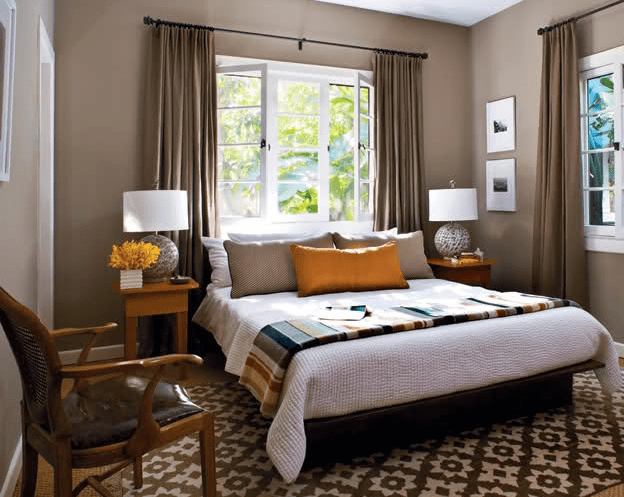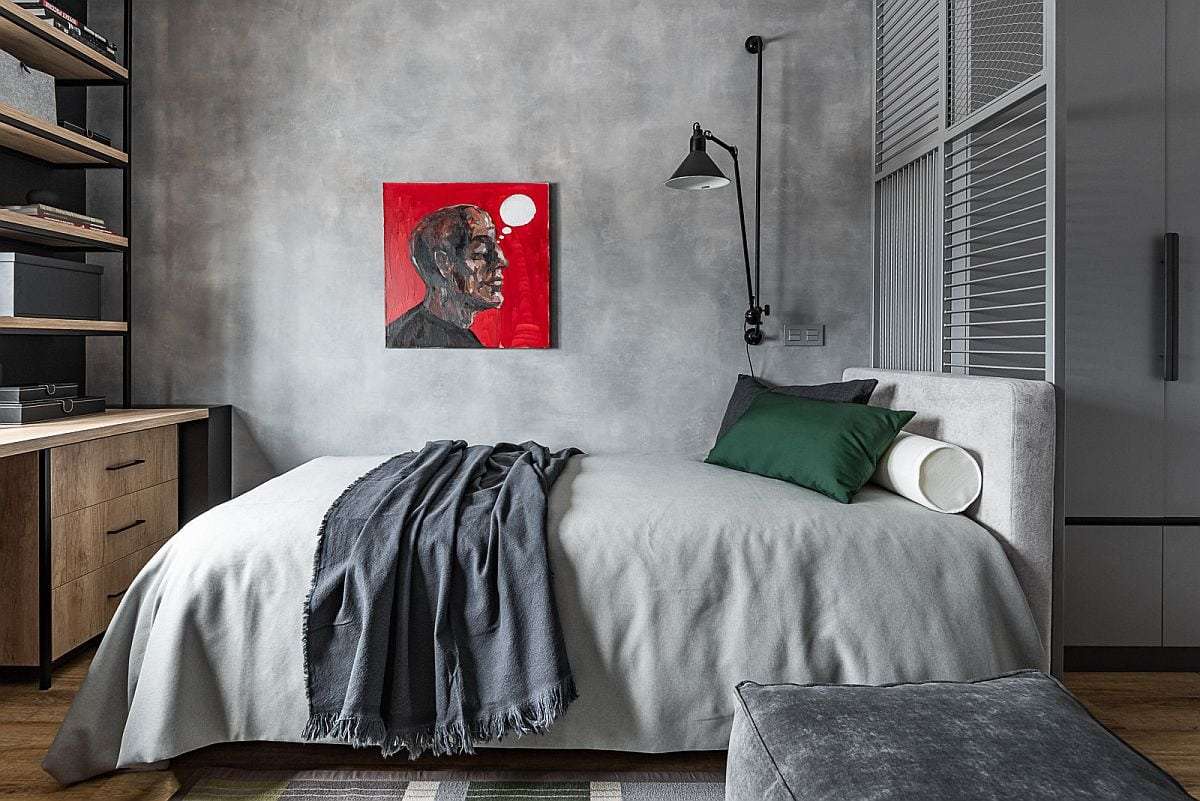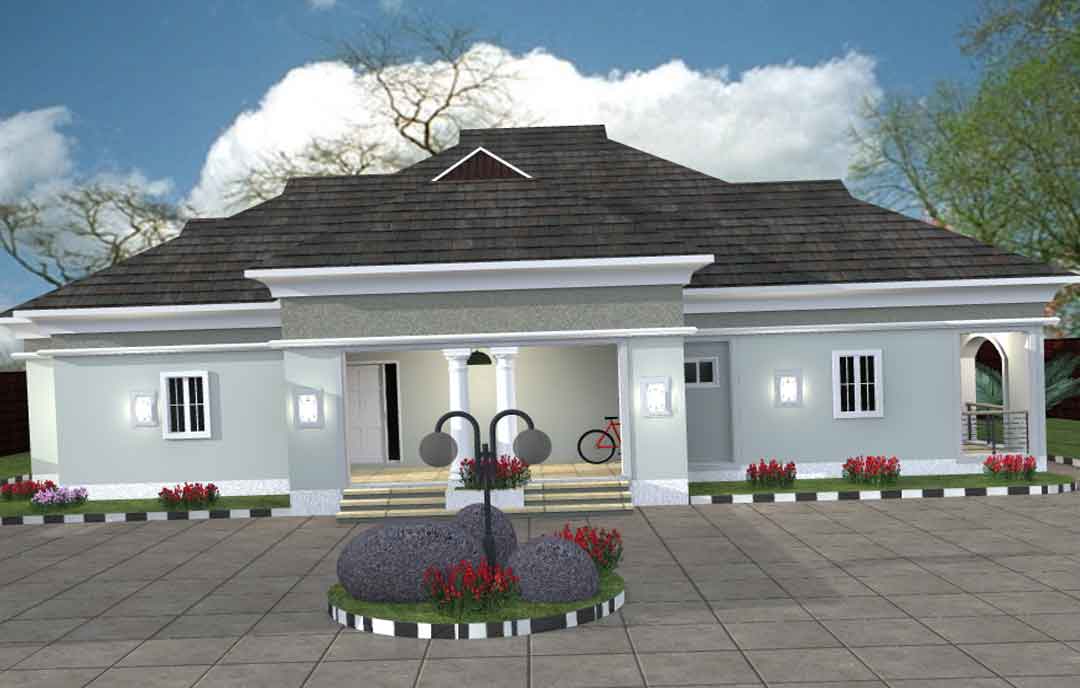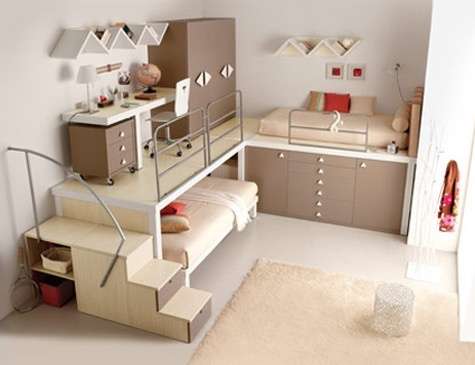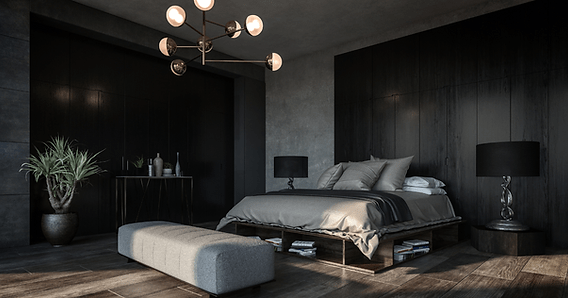The decision to position your bed in front of a window is a bold statement in bedroom design. It’s a choice that can dramatically impact the ambiance and functionality of your personal sanctuary. Often, this layout sparks debate: is it a design faux pas, or a stroke of genius? The answer, as with most things in interior design, lies in understanding the nuances and carefully considering the potential benefits and drawbacks. Let’s delve into the considerations for a successful bedroom design, especially when the focal point is a bed strategically placed before a window.
Embracing Natural Light and Views
One of the most compelling arguments for placing a bed in front of a window is the opportunity to maximize natural light and enjoy panoramic views. Imagine waking up to the gentle glow of sunrise, or drifting off to sleep under a canopy of stars. This arrangement can transform your bedroom into a tranquil retreat, connecting you with the outdoors and promoting a sense of well-being.
- Enhanced Mood: Natural light boosts serotonin levels, improving mood and energy.
- Improved Sleep: Exposure to sunlight helps regulate your body’s natural sleep-wake cycle.
- Aesthetic Appeal: A window view can serve as a stunning backdrop, adding visual interest to your bedroom.
Navigating the Challenges: Practical Considerations
While the allure of natural light and scenic views is undeniable, placing a bed in front of a window also presents certain challenges. These challenges, however, can be overcome with thoughtful planning and creative solutions.
Privacy Concerns and Light Control
One of the primary concerns is privacy. Depending on the location of your bedroom and the proximity of neighboring buildings, you may need to invest in window treatments that offer adequate privacy without completely blocking out natural light. Consider options like:
- Blackout Curtains: Ideal for blocking out light completely, perfect for light-sensitive sleepers.
- Sheer Curtains: Allow soft, diffused light to filter through while providing a degree of privacy.
- Blinds or Shades: Offer adjustable light control and privacy levels.
Temperature Regulation and Drafts
Another challenge is temperature regulation. Windows can be a source of drafts during colder months and heat gain during warmer months. Properly insulated windows and strategic use of curtains or blinds can help mitigate these issues. Consider adding a thermal curtain layer to provide additional insulation and block out unwanted sunlight during peak hours.
Creative Solutions and Design Ideas
With a little creativity and careful planning, you can overcome the challenges and create a stunning bedroom design with your bed positioned in front of a window. Here are a few ideas to inspire you:
- Headboard as a Focal Point: Choose a striking headboard that complements the window and adds visual interest to the space.
- Layered Window Treatments: Combine different types of window treatments to achieve the desired level of privacy, light control, and insulation.
- Built-in Storage: Incorporate built-in storage around the window to maximize space and create a cohesive look.
Ultimately, the success of placing a bed in front of a window depends on carefully considering your individual needs and preferences. When done right, this design choice can transform your bedroom into a tranquil and inviting space, allowing you to embrace the beauty of the outdoors while enjoying the comfort of your own personal sanctuary. Therefore, think before you do this, especially if it is a **bedroom design bed in front of window**.
THE PSYCHOLOGY OF WINDOW PLACEMENT
Beyond the practical considerations of light and privacy, the placement of a bed in relation to a window can also influence the psychological atmosphere of the room. Feng Shui principles, for example, often advise against placing a bed directly in line with a door or window, suggesting it can disrupt the flow of energy and lead to restless sleep. However, modern interpretations often prioritize personal comfort and aesthetic preferences. The key is to create a sense of security and balance. A solid headboard can provide a feeling of groundedness, while carefully chosen artwork or plants can soften the lines of the window and create a more harmonious environment.
Consider also the view from the window. A calming vista of nature can promote relaxation and reduce stress, while a less desirable view of a busy street might necessitate more robust window coverings. The psychological impact of the view should be a significant factor in your design decisions.
ALTERNATIVE LAYOUTS AND CONSIDERATIONS
Before committing to placing your bed in front of a window, it’s wise to explore alternative layouts. Room size, shape, and the location of other furniture pieces all play a role in determining the optimal placement. Consider these alternative arrangements:
– Bed Against a Wall: A classic choice that provides a sense of security and allows for more flexibility in furniture placement.
– Bed in the Center of the Room: Can create a sense of grandeur and works well in larger spaces.
– Bed in an Alcove: A cozy and intimate option that can be particularly appealing in smaller bedrooms.
Ultimately, the best layout is the one that best suits your individual needs and preferences. Experiment with different arrangements and consider how each one impacts the overall flow and functionality of your bedroom.
FINAL THOUGHTS
Deciding on the perfect layout for your bedroom is a personal journey. There is no universally “right” or “wrong” answer when it comes to the placement of your bed, particularly regarding a **bedroom design bed in front of window**. Take the time to carefully consider the pros and cons, weigh your options, and create a space that is both aesthetically pleasing and conducive to restful sleep.
